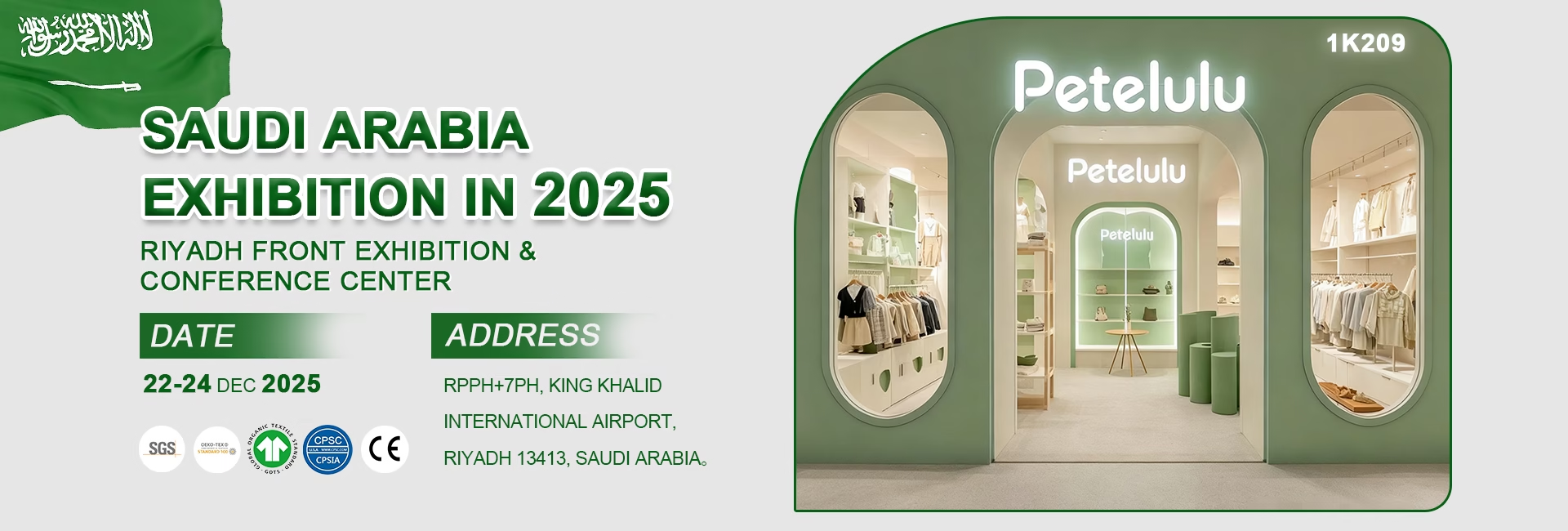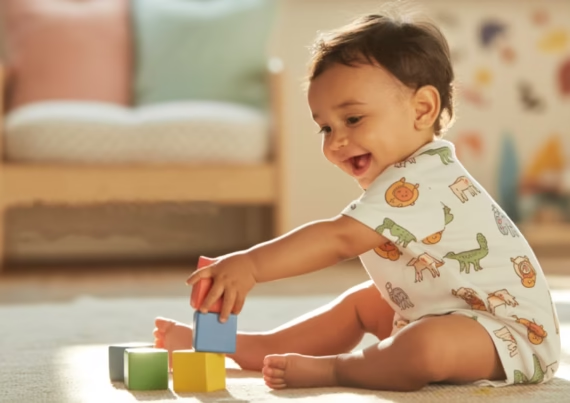The Rise of Gender-Neutral Kids’ Wear in 2026: How to Design a Label-Free, Rule-Free Collection
Contents
- 1 The Rise of Gender-Neutral Kids’ Wear in 2026: How to Design a Label-Free, Rule-Free Collection

As a manufacturer with 17 years of experience in baby clothing manufacturing, I’ve witnessed the market transition from rigid “pink for girls, blue for boys” divisions to a more inclusive and liberating aesthetic. For you—brand founders, CEOs, product managers, and designers—the biggest pain point is: How can you not just follow the trend, but deeply understand this inclusivity movement and translate that social responsibility into your baby clothing brand’s core competitive edge?
I want to tell you that the rise of gender-neutral children’s wear is more than a trend; it represents a profound shift in consumer values. By designing “label-free, rule-free” collections, we can help your baby clothing brand solve the problem of product commoditization and inject powerful moral and emotional strength into your baby clothing marketing.
No idea how to make children’s clothes? This is the definitive, all-in-one guide the kids’ apparel industry doesn’t want you to have.
The Pain Point: Traditional Constraints vs. Modern Parental Demands
The traditional children’s apparel market is saturated with stereotypes: restrictive colors, fixed patterns (princesses and dinosaurs). This limitation frustrates modern parents who want to offer their children more diverse options and encourage free personality development.
If your baby clothing brand continues to rely on traditional gender divisions, you will miss the following market opportunities:
-
Reduced Repurchase Rates: Clothes cannot be passed down between siblings, lowering the garment’s value and sustainability.
-
Limited Target Audience: You exclude the growing segment of young parents who prioritize inclusivity and gender-neutral aesthetics.
-
Lack of Marketing Depth: Your baby clothing marketing fails to tell a socially responsible story about freedom and choice.


With 17 years of experience, petelulu provides a full range of
manufacturing services from design to delivery.
Start from scratch , Create your own brand.
17+
serving top 10 American brands
15+
serving top 10 Australian brands
12+
serving top 10 European brands
Contact us to get the quote.👇
The Solution: Four Core Strategies for Gender-Neutral Design
Gender-neutral design is not about abandoning color, but about redefining the use of color, silhouette, and pattern.
1. Silhouette Inclusivity: Prioritizing Practicality and Comfort
The core of gender-neutral design lies in the universality of the silhouette. We focus on designing relaxed, simple styles that prioritize comfort, such as: oversized t-shirts, joggers, and hooded sweatshirts.
-
Avoid Waist Cinching: Use straight or H-line cuts to eliminate gendered connotations.
-
Focus on Practical Details: All garments should be easy to put on and take off, durable, and stain-resistant, suitable for the active nature of all children.
2. Color Innovation: Moving Beyond Blue and Pink
We encourage your baby clothing brand to move beyond traditional gendered palettes.
-
Neutral Foundation: Utilize earth tones (like caramel, olive green, beige), mineral colors (like slate grey, dusty blue), and soft pastels (like light yellow, sage green).
-
Accent Colors: Use vibrant colors like bright yellow, orange, or emerald green as accents to maintain playfulness without gender bias.
3. Pattern Universality: Themes Over Gender
In pattern design, we favor themes that are universal and educational.
-
Nature and Science: Abstract geometric patterns, planets, hand-drawn flora and fauna, and simple line art.
-
Eliminate Stereotypes: Avoid prints traditionally associated with strong gender labels, focusing instead on themes of imagination and exploration.
4. Manufacturing Upgrade: The Truly “Label-Free” Experience
To truly realize the “label-free, rule-free” concept, we must upgrade the baby clothing manufacturing process.
-
Printed Tags Replace Sewn Labels: Eliminate the irritation of neck tags on the skin to enhance comfort (a common parent pain point).
-
Hidden Seams and Soft Fabrics: Ensure all garments, especially those for newborns, utilize flat seams and the softest organic cotton or bamboo fiber to prevent chafing.


With 17 years of experience, petelulu provides a full range of
manufacturing services from design to delivery.
Start from scratch , Create your own brand.
17+
serving top 10 American brands
15+
serving top 10 Australian brands
12+
serving top 10 European brands
Contact us to get the quote.👇
Manufacturing Implementation: Translating Concept to Product
Our baby clothing manufacturing process is fully equipped to support gender-neutral design, ensuring efficient translation.
| Design Principle | Manufacturing Focus | Baby Clothing Marketing Advantage |
|---|---|---|
| Color Neutralization | Precise Pantone control to ensure the sophistication and consistency of colors. | Appeals to young, high-spending, aesthetically conscious parents. |
| Silhouette Simplification | Accurate pattern drafting to ensure a loose but not sloppy fit. | Highlights high practicality and value (hand-me-down capability). |
| Label-Free Design | Utilizing eco-friendly water-based inks for printed labels to eliminate physical friction. | Enhances product comfort, translating into strong brand reputation. |
Frequently Asked Questions (FAQ)
Q: Can gender-neutral clothing look visually dull?
A: Absolutely not. Neutral design emphasizes texture and detail. By using complex fabric weaves, high-quality stitching, and subtle prints, we can create collections that feel more sophisticated than traditional children’s wear.
Q: How do I promote the gender-neutral concept in baby clothing marketing?
A: Focus on “freedom of choice,” “sustainability (hand-me-down capability),” and “comfort.” Use imagery that shows boys and girls wearing the same styles, highlighting the idea of inclusivity and sharing.
Q: Does gender-neutral design place specific requirements on baby clothing manufacturing?
A: It requires greater attention to fabric safety (all materials must be Oeko-Tex certified) and higher standards in production techniques (e.g., flat seam technology) to ensure maximum comfort and durability.
Conclusion
In 2026, gender-neutral children’s wear will no longer be an option; it is a market necessity. It not only resolves the restrictive pain points of traditional clothing but also positions your baby clothing brand at the forefront of social responsibility and future family values. I invite you to partner with us, leveraging our expert baby clothing manufacturing experience, to co-design a truly label-free, rule-free, and market-vibrant gender-neutral collection.
About the author
Xhiney, founder of Petelulu, brings over 20 years of experience in children’s wear design, production, and international trade. A contributor to Children’s Wear and Junior magazines, Xhiney has spent 17 years working with high-end children’s wear brands in Europe and the U.S., offering expert insights and support.

